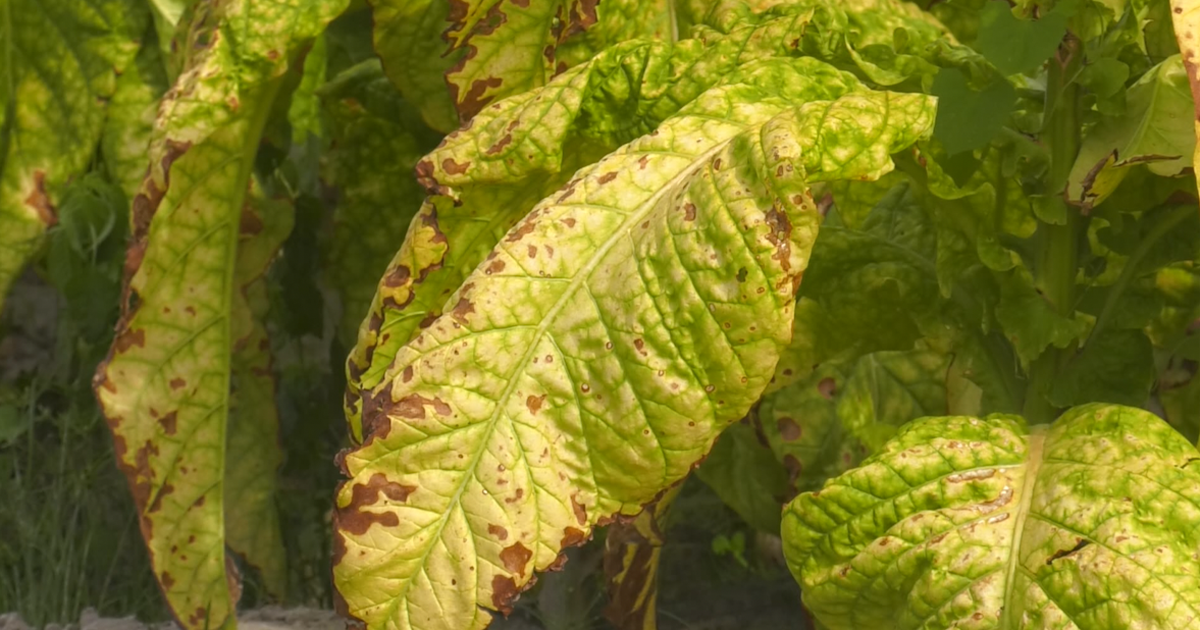Alma, GA
Down in southeast Georgia recently, Georgia Farm Bureau’s Board of Directors got an up close and personal look at the different crops that are grown in the region. It’s an experience GFB President, Tom McCall says allows those that protect and promote agriculture a chance to see a different perspective they may not have ever gotten to witness before.
“Farm Bureau’s job is to protect and promote agriculture and I wanted the board to be able to see firsthand, operations. We don’t grow a whole lot of tobacco in North Georgia and we were fortunate enough that Daniel and Patricia invited us to their farm. He grows cotton, tobacco, mainly tobacco, and peanuts and corn. I wanted to help the board understand what actually happens on a tobacco farm. All the labor, electricity, gas and all it costs to produce tobacco, along with cotton, corn and peanuts, but I think the most interesting thing today has been the whole tobacco process,” says GFB President, Tom McCall.
“We all talk about each other’s crop and we’re always discussing each other’s crop when we meet, but this was an opportunity to bring them down here and show them kind of what we do. They’ve heard me talk about cooking tobacco or harvesting tobacco, but they’ve never actually seen the process and it’s hard to explain and getting them to be able to view it, see how it comes and goes is just fun. Plus, it gets everybody together. We grow cotton and peanuts and we looked at both crops of that and we looked at the neighbor’s blueberries. It’s a big blueberry growing area. Just gives them a different region of the state to see what’s really going on,” says Daniel Johnson, First Vice President.
According to Johnson, they’ve been growing tobacco for forty years now, and says in those forty years, a lot has changed, all except for his love for the crop.
“We grow five hundred and fifty acres of Fluker Tobacco. All of our tobacco is made for Cigarettes; it’s where it goes to. This is our fortieth crop of growing tobacco. It’s been our mainstay on the farm. We’ve tried to add and make adjustments in equipment to make it easier. We gone about as far as we go, as far as making it better. So, it’s just our way of life. We’re in a region down here that there’s not but two things that really made this part of the country, and that’s pine timber and tobacco, and we’re fortunate enough to be able to still grow it,” says Johnson.
As Johnson stated, Georgia used to be a big tobacco producing state, but he says over the years, the acres have dwindled down due to regulations, buyouts, and even labor challenges as tobacco is a very hands-on crop.
“Georgia used to grow a lot. I can’t remember what the top acreage was. Probably forty thousand acres. Now we’re down to like eight or nine thousand acres where North Carolina is still in the 250 thousand-acre range. Then you’ve got labor; tobacco is a labor intense crop and a lot of older growers took the chance to get out of production when the buyout come through and they did; I don’t blame them. We were still young enough that we could still grow tobacco and still produce it,” says Johnson.

